“When we are about to choose a partner, or get married to a certain partner –that’s the kind of decision that we cannot make based on a cold cognitive calculus” says Richard Davidson, the seminal neuroscientist known for his research on what determines our emotional styles. In the interview with Krista Tippet, he adds “we consult our emotions for making that decision, and if our emotions were disrupted, it will really impair our capacity to make those kinds of decisions.” In the assessment of the functioning of the emotional brain, he identifies six innate capacities which constitute our emotional …
Month: September 2019
Siri Hustvedt, the prizewinning writer and scholar, describes the meaning of life in her vigor for work, the joy she finds in the creative impulse and the urgency to write driven by it. She recounts her life being a woman writer in men’s world, married to the well-known writer Paul Auster and describes her remedies to overcome the challenges of the “writing self”. Her deep knowledge of psychoanalysis, art and neuroscience is woven in her stories where the human condition is playing up real and tangible. She insightfully draws answers to the question “what are we ?” Here …
Victor Hugo, the irreplaceable writer reflects on his life and works “ For half a century I have been writing thoughts in prose, verse, history, drama, romance, tradition, satire, ode and song…but I feel I have not said a thousandth part of that which is within me. “ And that renders the abundant creative power of the writer as reflected in the invaluable and timeless works of Victor Hugo. His insightful saying “ a writer is a world trapped in a person ” is beautifully captured in Auguste Rodin’s sculpture. From writing, sculpture, and painting to the enchantment of …
In the dance, one finds the cinema, the comic strips, the Olympic hundred meters and swimming, and what’s more: poetry, love and tenderness, said Maurice Bejart, the exceptional choreographer, opera director and dancer. Long before neuroscience confirmed that our brains are wired to move along with music, dancing was there. Babies, children, and adults, all instinctively move to the rhythm of the music. Based on recent cognitive research, it seems like human beings are universally synchronized with the chords of music. Moreover, the rhythmic movement lifts our mood, regulates the mental and emotional fluctuations, and we become happier. Such …



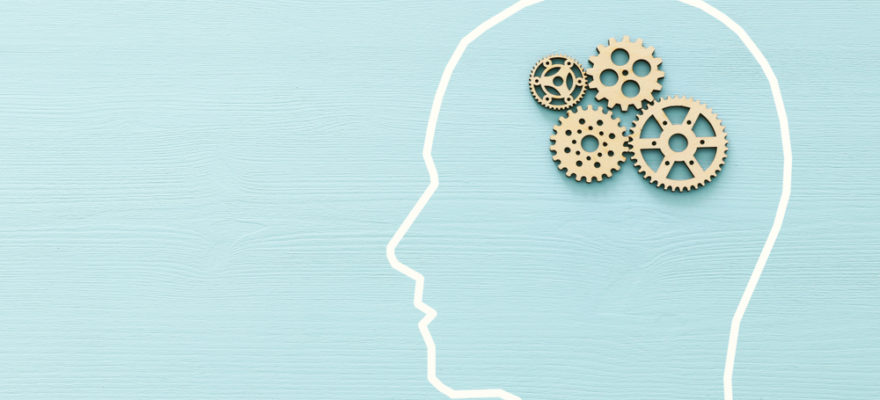
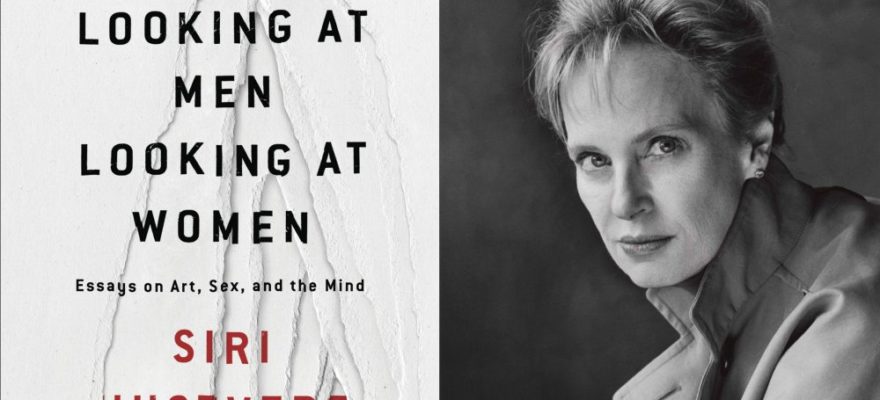
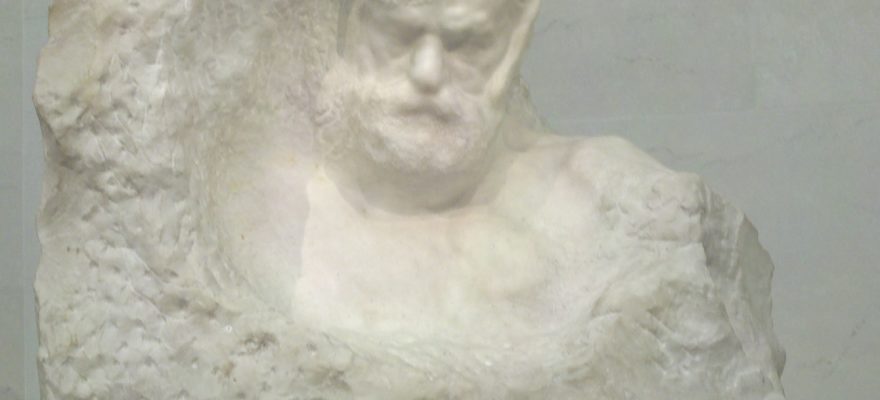
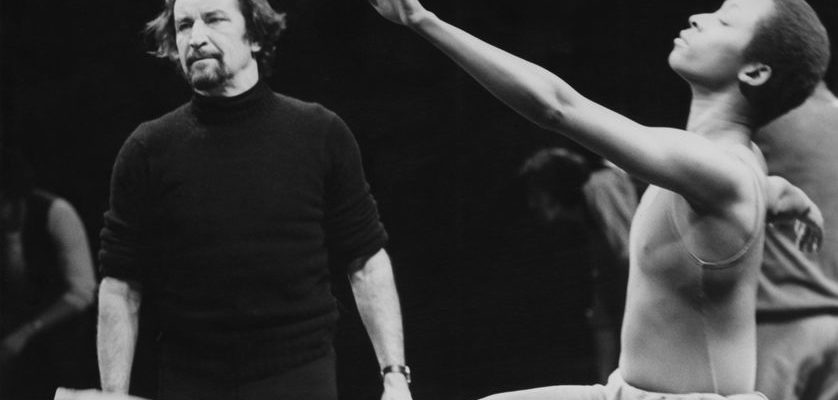
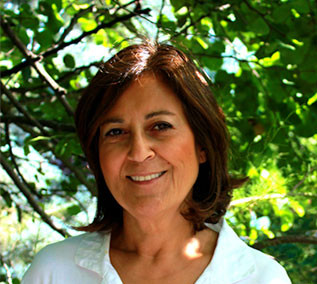




Social Profiles